Connecting a washing machine without running water

To forever forget about your hands worn out from frequent washing, from which the surface layers of the skin are peeled off, use a washing machine. But in the country, in a country house where there is no centralized water supply, it is difficult to use a washing machine without any kind of water supply.
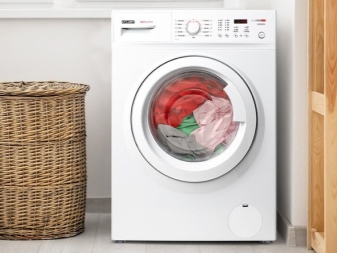
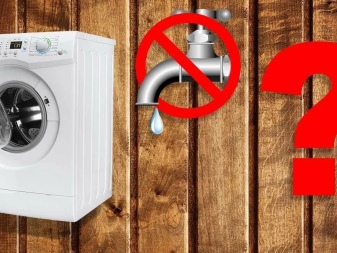
When is it required?
A washing machine is needed whenever a large amount of soiled laundry accumulates, and there are almost no items washed the day before. Not every settlement is supplied with running water - it may simply not be in the village. Summer cottage settlements that are not included in nearby towns and villages do not have a water supply system from the very beginning: the territory has recently been inhabited, summer residents install borehole water supply on their own plots.
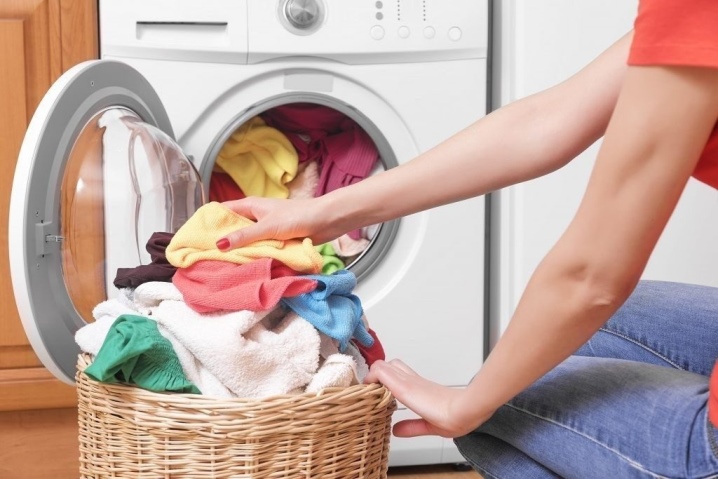
The easiest way is to use an automatic washing machine without any connections at all. The required amount of water (10-12 liter bucket) is poured into the compartment for washing powder and descaler.
The wash cycle is divided into at least 2 stages: the actual wash, then the same amount of water is required to rinse off the used detergent. Having discovered that there is no new portion of water, the machine will stop, and you cannot open the door - it is blocked to prevent water from spilling onto the floor from the drum compartment. To finish washing, you need to add more water.
Abuse of frequent interruptions in the washing process can lead to premature failure of the machine. In addition, the user cannot leave the car for a long time.
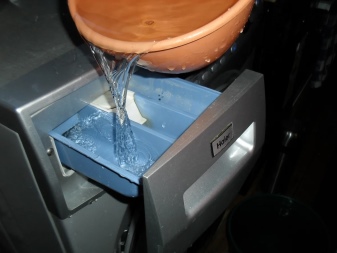
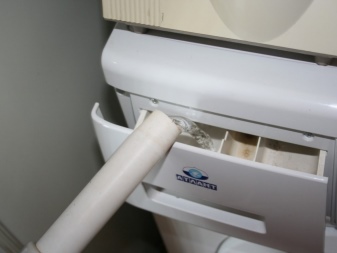
How to connect?
To avoid the inconvenience of pouring water into the washing tank of the machine, it is required summing up at least the simplest water supply. The easiest option is install the water tank above the level of the washing machine - water will come from it by gravity. The disadvantage is adding water to the tank. Considering that even in the “fast” wash mode, at least 50 liters of water will be required, at least 4-5 buckets should be poured into the tank.

The problem is partially solved if water is drawn into the tank from the roof drains. Rainwater is softer than tap water and ground water. It will be necessary to remove excess water so that the tank does not overflow during prolonged rain or downpour - it can be directed, for example, to garden beds or to trees planted in the garden, bushes in the front garden, or to collect water in other tanks or bathtubs standing in the yard. Considering summer drought, which is becoming a frequent occurrence (when sometimes it does not rain during the month), this method is not always feasible. You depend on the vagaries of the weather: it was raining - the clothes were washed, no - you have to endure and wait until it passes.

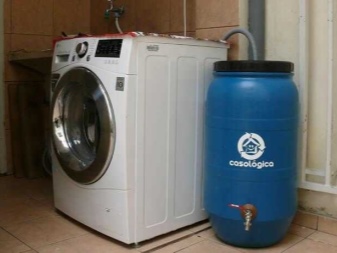
How to ensure water pressure?
Not all brands and models of washing machines open the water supply to the washing tank: some require a water pressure of at least 1 atmosphere. To provide it, you need to raise the tank at least a few meters above the washing machine. Not all summer residents have such an opportunity, and they would have to lift it on an electric pole, which the power supply company will not allow.
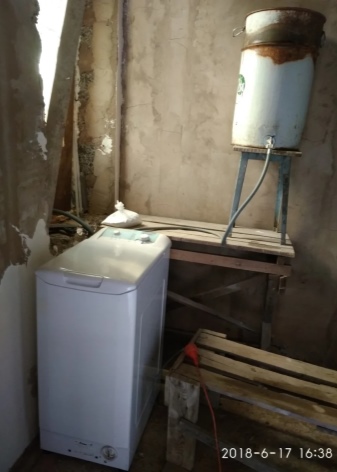
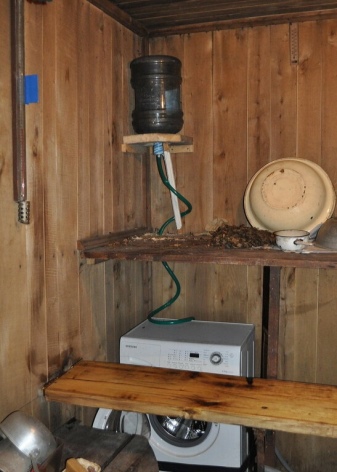
The next option is the organization of artificial water supply... A pump is introduced into the system, which makes it possible to raise the pressure to the desired one bar.The simplest pump, which consumes only a few tens of watts from the outlet, is capable of providing such a pressure, but it lacks an automatic circuit that turns it off when the value required for the “washing machine” is exceeded.
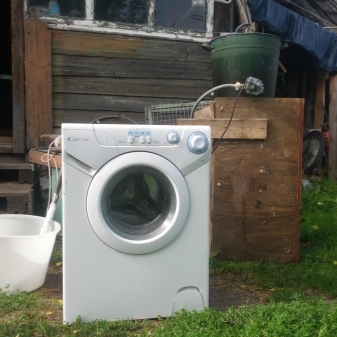

More powerful pumps, consuming hundreds of watts to 2 kilowatts, will provide higher pressure.... They are used to organize the supply of water to plumbing communications in the house. So that they do not work continuously, a pressure switch is switched on in their rupture. This is a device in which, in addition to the relay itself, a pressure sensor is located.
The threshold at which this relay turns on the supply of electricity to the pump is configurable. A value of 1-2 bar is selected as the maximum pressure value. More pressure is useless: the pump will wear out faster, making much more effort to pump water. One bar is more than enough for the smooth operation of the washing machine.
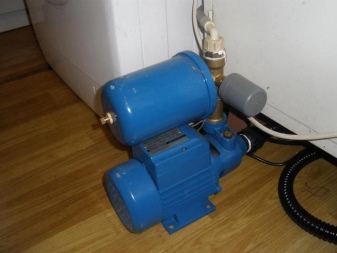
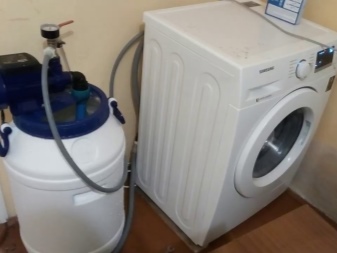
The source of water is a well drilled to a depth of 15 meters or more, up to the first clean aquifer. A plastic pipeline is pulled into it, into which another pipe of a smaller section is inserted. At the outlet of this pipeline, the pump itself is placed, located, for example, in the basement under the veranda, where the well itself is located.
A more simplified system using a pump and a well - filling the external tank with water... It is preferable to use another automatic element - a relay with a float level gauge, which turns off the pump when the tank is full to the very neck. If the relay block is not set to the level - you have to make sure that the barrel does not overflow, and the room where the washing machine is located does not end up being flooded. Pressure is irrelevant here.
This system will only work with a machine whose water inlet valve does not have a pressure sensor. When choosing a budget car for a summer residence, this feature is crucial - study the instructions for different models.
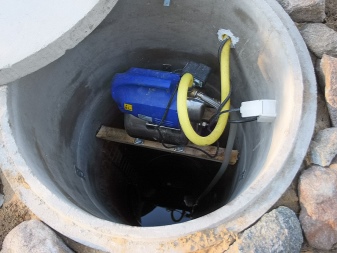
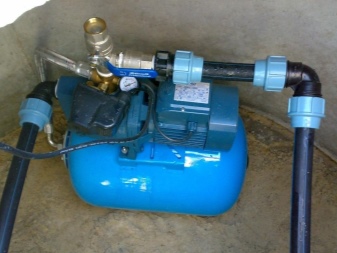
How to start?
So, the model of the washing machine, the external pump and the control relay were purchased, there are also hoses and pipelines. It is believed that electricity in the country is also available: an electrical panel with automatic devices and a meter is connected, the meter is sealed, the connection is "legalized". Do the following.
- Drill a well and take the pipeline out of it.
- Mount the pump in a safe and secure place. Check if it pumps water well - pour a few liters of water into the pipe going into the ground so that a solid column of water forms in it, then turn on the pump and take any container with water. The water should run smoothly.
- If nessesary - install the pressure switch at once.
- Carry out the electrical wiring to the pump and assemble the simplest electrical circuitby connecting in series a pump, a pressure switch (or level gauge), a source of electricity (a line in the shield, connected through one of the automatic fuses).
- Draw a second line (with socket) to the place where the washing machine is installed.
- Remove the drain (drain) hose from the car to the place of your sewage system (most often this is a drain pipe branch connected to the toilet bowl), check the reliability of the drain pipe.
- Connect the water line from the pump through the water supply circuit in a device with a pressure switch. If a float level gauge is installed in the external tank, lead the pipe from the pump to the water circuit of this device. The water supply is carried out under the control of the latter.
- Connect the water supply line to the tank, and the tank itself - to the water supply pipe to the machine.

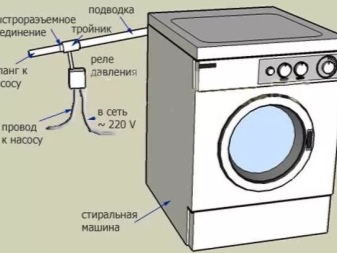
Run the assembled water supply system in test mode. Make sure that the pump is properly transporting, supplying water from the well to the tank. Check for leaking connections. If the system works reliably, turn on the washing machine, load the laundry and select the wash program. The result is a flawless wash and the absence of any problems with the process itself.
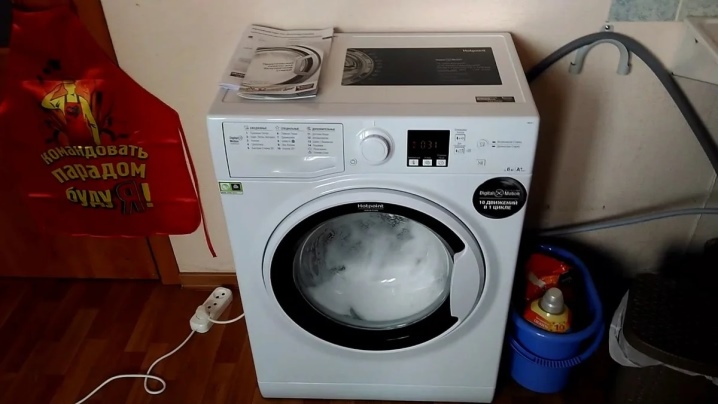
This system, providing the required pressure, simulates a pumping station... The fact is that a full-fledged pumping station can cost tens of thousands of rubles. A circuit with a pressure switch (or water level), working with a conventional pump, replaces the pumping station and will cost only a few thousand rubles. Even if you use not an external, but a submersible pump (it works at the level of the aquifer, and not at the top, outside) - the principle of operation of a substitute for a pumping station does not change. This solution is the most popular: almost all summer residents and owners of country houses use it.
The well can be replaced with a well. But the general principle does not change: a full-fledged pump in both cases will cope with a water rise of 20 m.
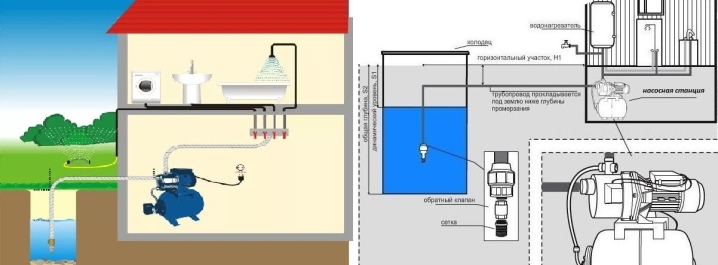
Purification of water from large particles
Well or well water needs cleaning from grains of sand and pieces of wood, small stones, fragments of shells - they can damage the mechanisms and water channels of the machine. In front of the washing machine, a simple mechanical sand-trap filter is installed in the water line. If the water contains under-oxidized large iron particles (ferrous oxide), they can be easily removed with a magnetic filter. Both filters are cleaned from time to time.
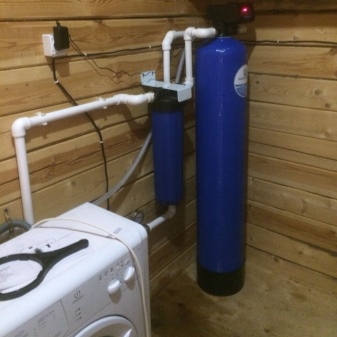
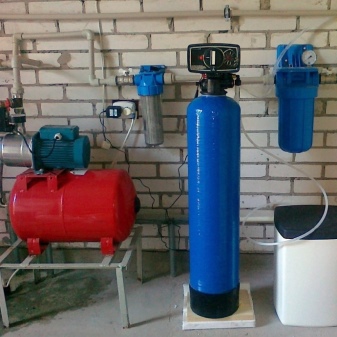
Conclusion
Washing clothes - with a fully thought out water supply system - in the country or in a country house will not cause any problems. Any, even the most "capricious" washing machine can easily adapt to any living conditions, if there is a renewable source of water nearby.
Next, you can watch a video with a simple way to connect a washing machine without running water.













The comment was sent successfully.